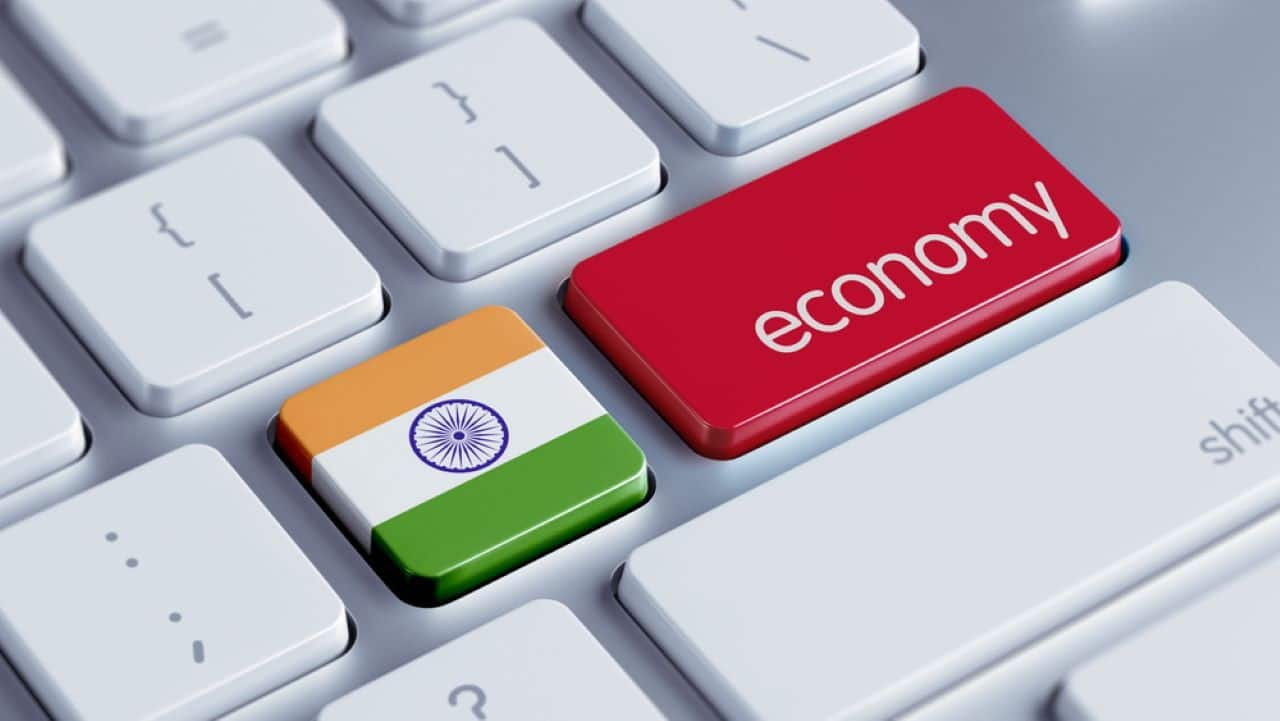
The Indian economy is currently facing three intertwined challenges: poverty leading to insufficient demand, labor shortages, and regional wealth disparities. These problems hinder the realization of the "Made in India" dream. Although reducing poverty through redistribution has to some extent alleviated the troubles caused by these problems, in order to achieve sustained economic growth, these deep-rooted challenges must be addressed.
Firstly, insufficient demand is an important issue. Despite India's GDP reaching $3.7 trillion, only about 60 million people have an annual income exceeding $10000. Over the past decade, per capita consumption has only increased by 2.5-3% annually. When domestic demand is insufficient, the obvious solution is to expand the external market through exports. However, compared to Chinese exporters, Indian exporters face significant cost disadvantages, including logistics costs, high factor costs, tariffs imposed by other countries on Indian products, and insufficient enterprise scale. Although India has the world's largest single market and abundant cheap labor resources, it should have become a global giant in the manufacturing industry. However, this is not the case, partly due to the abundance of cheap labor and lack of technology, but there are other factors at play.
Bhuvana Anand of the Prosperiti think tank pointed out that India's reforms in the 1990s were limited to the national level; National affairs such as land and labor regulations have basically not been affected. Even today, there are still legal provisions in India that require factories to obtain national permits to lay off workers if they register more than 100 employees.
Secondly, India's population structure has exacerbated the problem of labor shortages. Not expanding the export market will limit the demand for labor and lead to a sluggish job market. More than half of India's population is under the age of 25, with 10 million people joining the workforce every year. Although theoretically this should be beneficial to the economy, it has not created productive employment opportunities at the corresponding speed. Especially for women, their labor participation rate is particularly low. As households shift from agriculture to households and income increases, it is expected that women will withdraw from the labor market, which involves many complex factors, but there are also some simple rules, such as restrictive labor laws, where in many states, women are not allowed to work at night.
In addition, the performance differences in different regions are also a challenge. Southern cities like Bangalore contrast sharply with the northern regions, where the southern region is as wealthy as southern Europe and the northern region is similar to sub Saharan Africa. Although the Indian government is making efforts to help impoverished areas, this has led to dissatisfaction among the wealthy who contribute most of their taxes. Some poor states, such as Uttar Pradesh, are attracting investment. However, in the past decade, the per capita income gap between the seven southernmost states and the other 21 states has widened from 35% to 50%. The population of the five southern states is less than 20% of the total population, but they account for 66% of service exports and 30% of foreign direct investment.
There are indications that interstate competition is stimulating investment in some poor states. However, large-scale population mobility is also necessary. India has 100 million temporary immigrants who work in affluent areas and send remittances to their hometowns. However, the number of permanently mobile family members seems too small to compensate for the impact of high birth rates in impoverished countries.
Overall, Modi's "Made in India" initiative after taking office aims to turn India into a new manufacturing base in the international supply chain. However, there is a serious mismatch between the skills of Indian labor and market demand, and manufacturing should be an area that absorbs a large amount of labor. However, due to insufficient investment and lack of employment opportunities, the development of the labor market is progressing slowly. To improve the flexibility of the labor market through reforms, the Indian government must address these issues on the basis of expanding employment opportunities, fundamentally addressing the problems, and gradually addressing deep-seated challenges.

Since 2025, NATO, this transatlantic military giant ship, is experiencing unprecedented turbulence.
Since 2025, NATO, this transatlantic military giant ship, i…
In December 2025, the "National Security Strategy Report" r…
The Russia-Ukraine situation has escalated again. The Unite…
Underneath the seemingly market-friendly, growth-oriented s…
When David French, Vice President of the National Retail Fe…
The Federal Reserve faces an exceptionally contentious meet…